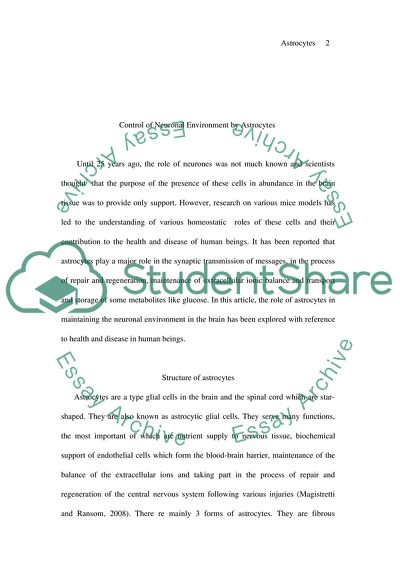Cite this document
(“Describe the mechanisms by which astrocytes control the neutronal Essay”, n.d.)
Describe the mechanisms by which astrocytes control the neutronal Essay. Retrieved from https://studentshare.org/miscellaneous/1559585-describe-the-mechanisms-by-which-astrocytes-control-the-neutronal-environment-and-using-appropriate-examples-discuss-their-importance-for-neuronal-function-in-health-and-disease
Describe the mechanisms by which astrocytes control the neutronal Essay. Retrieved from https://studentshare.org/miscellaneous/1559585-describe-the-mechanisms-by-which-astrocytes-control-the-neutronal-environment-and-using-appropriate-examples-discuss-their-importance-for-neuronal-function-in-health-and-disease
(Describe the Mechanisms by Which Astrocytes Control the Neutronal Essay)
Describe the Mechanisms by Which Astrocytes Control the Neutronal Essay. https://studentshare.org/miscellaneous/1559585-describe-the-mechanisms-by-which-astrocytes-control-the-neutronal-environment-and-using-appropriate-examples-discuss-their-importance-for-neuronal-function-in-health-and-disease.
Describe the Mechanisms by Which Astrocytes Control the Neutronal Essay. https://studentshare.org/miscellaneous/1559585-describe-the-mechanisms-by-which-astrocytes-control-the-neutronal-environment-and-using-appropriate-examples-discuss-their-importance-for-neuronal-function-in-health-and-disease.
“Describe the Mechanisms by Which Astrocytes Control the Neutronal Essay”, n.d. https://studentshare.org/miscellaneous/1559585-describe-the-mechanisms-by-which-astrocytes-control-the-neutronal-environment-and-using-appropriate-examples-discuss-their-importance-for-neuronal-function-in-health-and-disease.


